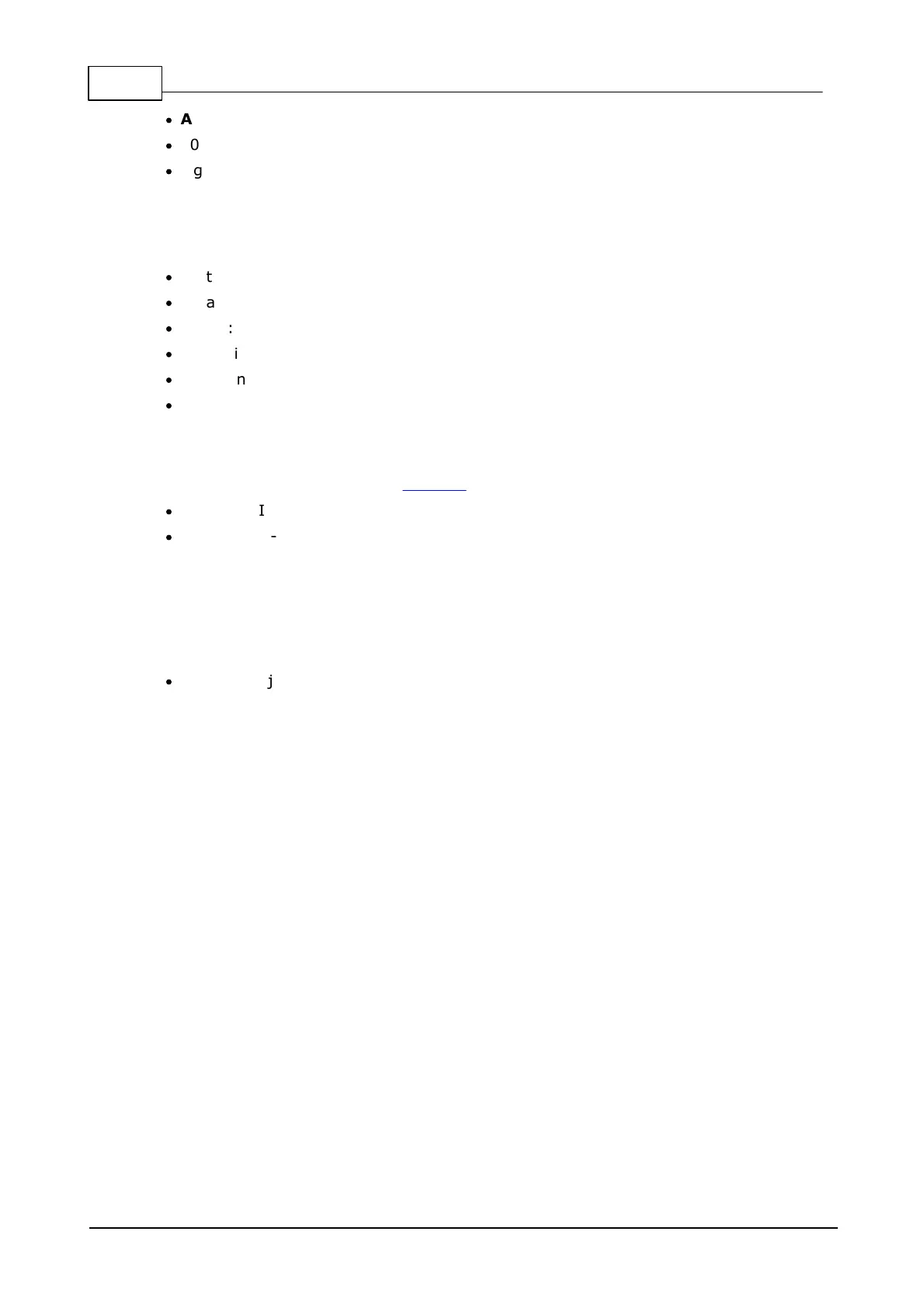389 Programmable Hardware Manual (PHM)
© Tibbo Technology Inc.
·
Additional 1MB flash for the hardened fault-tolerant file system
·
2048-byte EEPROM for data storage
·
Eight onboard LEDs
o Green and Red main status LEDs
o Yellow Ethernet link LED
o Five blue LEDs (for Wi-Fi signal strength indication, etc.)
·
Software-controlled PLL allows selecting full, medium, or low speed
·
Reliable power-on/ brown-out reset circuit
·
Power: 100mA @ 3.3V (100Base-T mode, full speed)
·
Dimensions (LxW): 165 x 94mm
·
Operating temperature range: -40°C to 70°C
·
Firmware is upgradeable through
o The serial port
o Ethernet LAN
o Over-the-air (requires the WA2000 and an iOS or Android device)
·
Tibbo BASIC/C application can be debugged through the Ethernet LAN
·
CE and FCC-certified
* The TPP3(G2) does not support the combination of 7 bits/character mode and
the "none" parity mode.
Programming features
·
Platform objects:
o adc — provides access to four ADC channels
o beep — generates buzzer patterns
o button — monitors the MD button
o fd — manages the flash memory file system and direct sector access
o io — handles I/O lines, ports, and interrupts
o kp — works with matrix and binary keypads
o lcd — controls the LCD
o net — controls the Ethernet port
o pat — "plays" patterns on up to five LED pairs
o ppp — accesses the Internet over a serial modem (GPRS, etc.)
o pppoe — accesses the Internet over an ADSL modem
o romfile — facilitates access to resource files (fixed data)
o rtc — keeps track of date and time
o ser — controls serial ports (UART, Wiegand, clock/data modes)
o sock — socket comms (up to 32 UDP, TCP, and HTTP sessions)
o ssi — controls serial synchronous interface channels (SPI, I2C...)
o stor — provides access to the EEPROM
o sys — in charge of general device functionality
